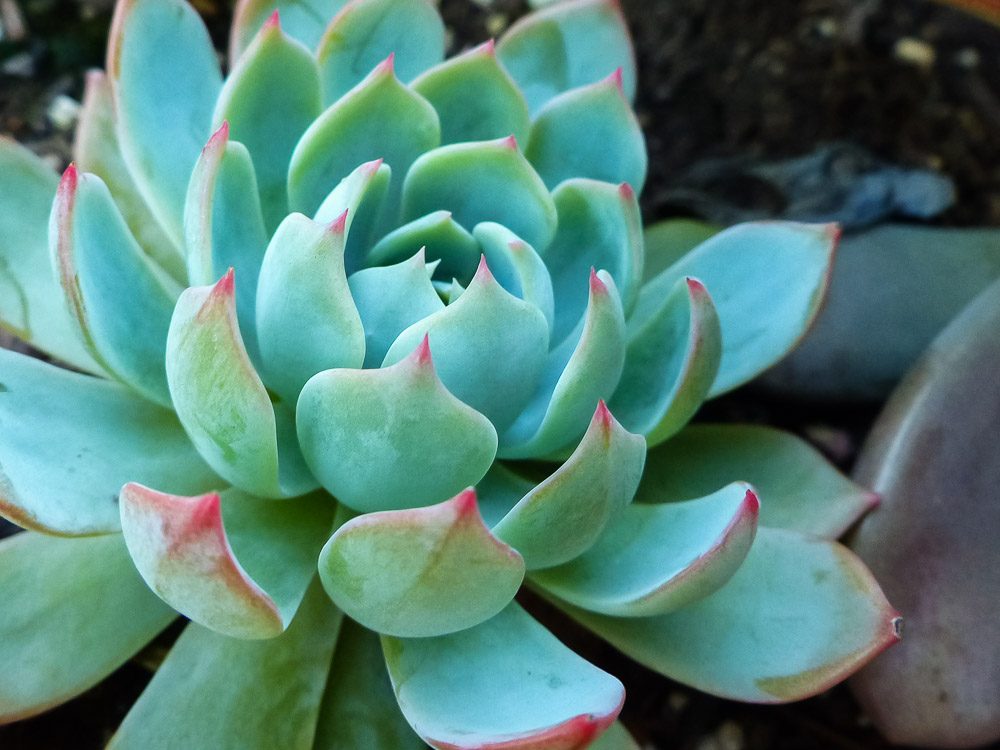Given our plans to go back to Ohio for the Christmas holiday, we have elected to maintain a slow pace for the next couple of months. Although our hearts are in the West, having both grown up in the Midwest we’ve decided it is time to explore some states right outside our childhood backyard. We suspect that the culture of some of the small towns we plan to visit will fit well with this slower travel pace.

Kentucky is the first state on our list, birthplace of Abraham Lincoln, horse capital of the world, and home to the world-famous Kentucky Bourbon Trail.
Thanks to the government shutdown :(, which has closed the gates to national parks and landmarks, we have literally been driven to drink (hehe). Terry decided the first order of business was to hit the Kentucky Bourbon Trail. This delighted him to no end, but the prospect of sipping bourbon quite frankly made me shudder, not one to imbibe in whiskey.
Meandering down narrow country roads, we came upon Maker’s Mark, a small-batch bourbon distillery outside the tiny town of Loretto. The grounds, designated a National Historic Landmark in 1980, are quite picturesque and a feeling of serenity sets in as soon as your toes touch the ground.

Be forewarned, should you decide to go, if you want a taste, you’ve got to take the tour, and if you are lucky enough to snag Aggie as your guide, you are in for a treat.

President Lyndon Johnson’ specifications, dubbed the “Bourbon Laws”, are the gold standard today for classifying whiskey as bourbon:
- Grain mix must be at least 51% corn
- Must be stored in new, charred white oak barrels
- Must be no more than 160 proof (Maker’s Mark is 90 proof)
- Aged at least 2 years
- No added ingredients to color or flavor it
- Must be made in America
Maker’s Mark is a 4th generation distillery, with an interesting family story and some very unique qualities. William Samuels Sr. is credited with the original Maker’s Mark recipe, determined to use red winter wheat instead of the rye that most other distillers were using. During the planning stage he didn’t have time to distill and age each batch for tasting, so instead opted to make a loaf of bread from each recipe. The bread baked with no rye was the hands-down winner, hence no rye in this bourbon.

The Maker’s Mark trademark name was created by William’s wife Margie, who also designed the signature label.
It was a very hands-on process when production began in 1954, and remains so to this day. Its uniqueness can be summed up by four W’s:
- Water – pure limestone spring water, absolute best for making bourbon
- Wheat – replaces rye used by most distillers
- Wood – 150 to 200-year-old cypress barrels to store the sour mash
- Wax – distinctive hand-dipped red wax seals
Maker’s Mark uses the same old roller mill they always have to slowly crush the grains, which are then mixed with limestone-laden water to begin the distilling process. This grain and water mix is placed into 150-year old cypress barrels to begin the fermenting process, breaking down into a sour mash.

Fast forward to laying the whiskey to rest, where it is poured into white oak barrels that have been charred on the inside for 40 seconds, to open the pores in the wood and caramelize the natural sugars. These barrels are now ready for the rickhouse, a warehouse several stories tall, where they are stored for aging. Maker’s Mark is one of the few distilleries that hand-rotates its 500-pound barrels from the upper to lower levels of the rickhouse during the aging process to even out differences in temperature on the various floors.

After three years a tasting committee samples the bourbon to determine which barrels are ready to be rotated down to a more humid, cooler floor of the warehouse, to reside for the rest of the aging process.
And now for the moment most have anticipated during the tour, the tasting room.

After all this schooling on the distilling of bourbon, I have worked up a thirst and my curiosity has been peaked. Not bad, but have I become a spirits’ convert? Nope, give me a glass of red wine any day! Terry, however, enjoyed it so much a bottle of their special Maker’s 46 came home with us, but not before he sealed his own bottle.

For those who have ever played cards with Terry, dealing blackjack in Vegas is not in his future (hehe) but he may be onto something with this dipping gig. 😉

Some of Maker’s Mark profits go to Habitat for Humanity and the preservation and development of new public parklands. Now that is something I can raise a glass to!
